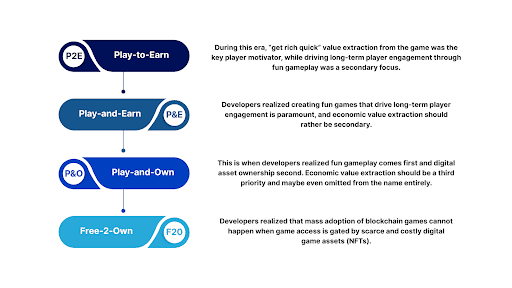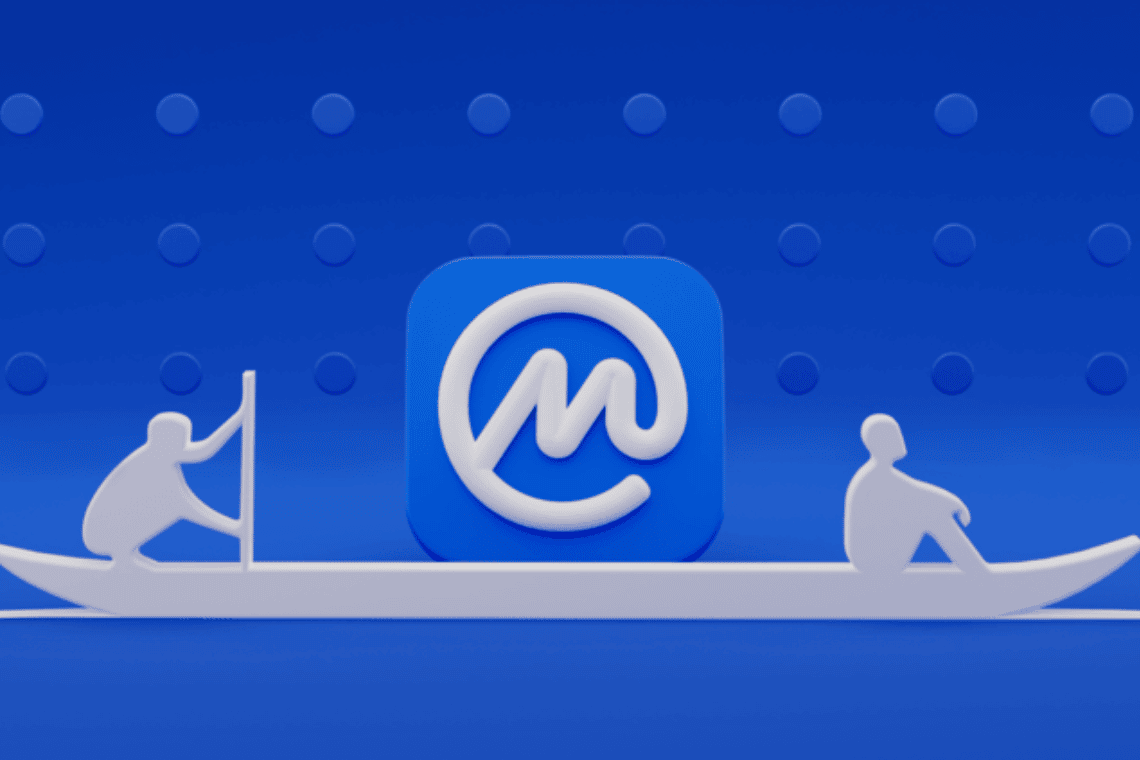2022 has been a monumental year for the blockchain gaming industry. There’s a strong bifurcation in blockchain gaming as play-to-earn (P2E) gaming has fallen with all once-major projects losing upwards of 90% of their market capitalization over the course of 2022.
There is also a similar downtrend across other speculative game-related assets – most notably virtual land NFTs belonging to games that are yet to launch. However, the next era of fun games that are far less focused on earning are steadily being built by many talented teams around the world.
Overall, it seems like the blockchain gaming deal market continues to mature into its next stage, wherein the companies garnering most of the funding attention are no longer the ones building infrastructure, but rather the blockchain gaming studios that can produce engaging content that makes use of blockchain gaming infrastructure. Going into 2023, there are five major driving forces for the industry:
Infrastructure of Blockchain gaming
The most vital infrastructure for driving mass adoption is the one closest to the players: wallets. Despite Metamask’s current popularity, it poses several challenges:
- Managing private keys is complicated and risky
- Metamask is not mobile browser-friendly
- Although there were improvements, Metamask isn’t user-friendly
Naavik believes that the new wallet developments such as Sequence by Horizon and Stardust may provide improved solutions:
Sequence is a non-custodial, multi-chain wallet with multi-key support and functionality for paying gas fees in the user’s token of choice.
It has been in beta with Skyweaver (a game developed by Horizon) on mobile for at least a year, giving it an edge for mobile support for game developers. It comes with integrated network switches, token swaps, fiat on-ramps and NFT viewing.
Similarly, Stardust Vault aims to obfuscate the blockchain layer for both players and developers. That would allow the wallet to seamlessly integrate with games in the background.
Distribution
Major platforms are slowly warming up to the idea of distributing blockchain games, or at least finding ways to take a cut.
Epic Games Store hosting Blankos Block Party and Apple allowing the sale of NFTs (albeit in a limited fashion) is the start of a movement that will increase the presence of NFTs and Web3 with more consumers. Enabling the mass distribution of blockchain games is very much an important catalyst for mass adoption.
Talent Migration
Talent migration toward blockchain gaming developers is underway in four major areas:

Even though the effect on the space will not be immediate, this is very good news for the long-term development of gaming, resulting in games that are more fun and built on the back of traditional gaming best practices.
Blockchain Gaming Model

Best practices that define the future of blockchain gaming are very much in the making with Free-to-Own (F2O) being the fourth evolution after Play-to-Earn (P2E), Play-and-Earn (P&E), and Play-and-Own (P&O).
The killer feature of F2O is the simple fact that it dramatically lowers barriers to entry by offering NFTs for free instead of gating game access with sometimes absorbently high purchase prices.
This could be an important catalyst for accelerating mass market adoption. Other important product trends include on-chain gaming, F2P gaming, evolving tokenomics models, genre and audience expansion across web3 games, the Asian gaming scene, user-generated content (UGC) and artificial intelligence (AI) in games.
Regulation of Blockchain Gaming
In 2022, regulatory bodies are paying more attention to blockchain gaming and crypto firms in general — for instance, SEC Chairman Gary Gensler mentioned that all crypto tokens, except Bitcoin, could likely be a security. Further, the SEC opened an investigation into Yuga Labs.
While the probe has not been completed, the result could affect all of Web3 as Yuga Labs is a pioneer in the space. But given the prevalence of rug-pulls and scams, clearer regulations are clearly desired, although the impact may negatively affect many innovators in the space.
For a more detailed version of this analysis, please refer to Chapter 4 of the Naavik x CMC Blockchain Gaming Report, or download the full PDF report.

